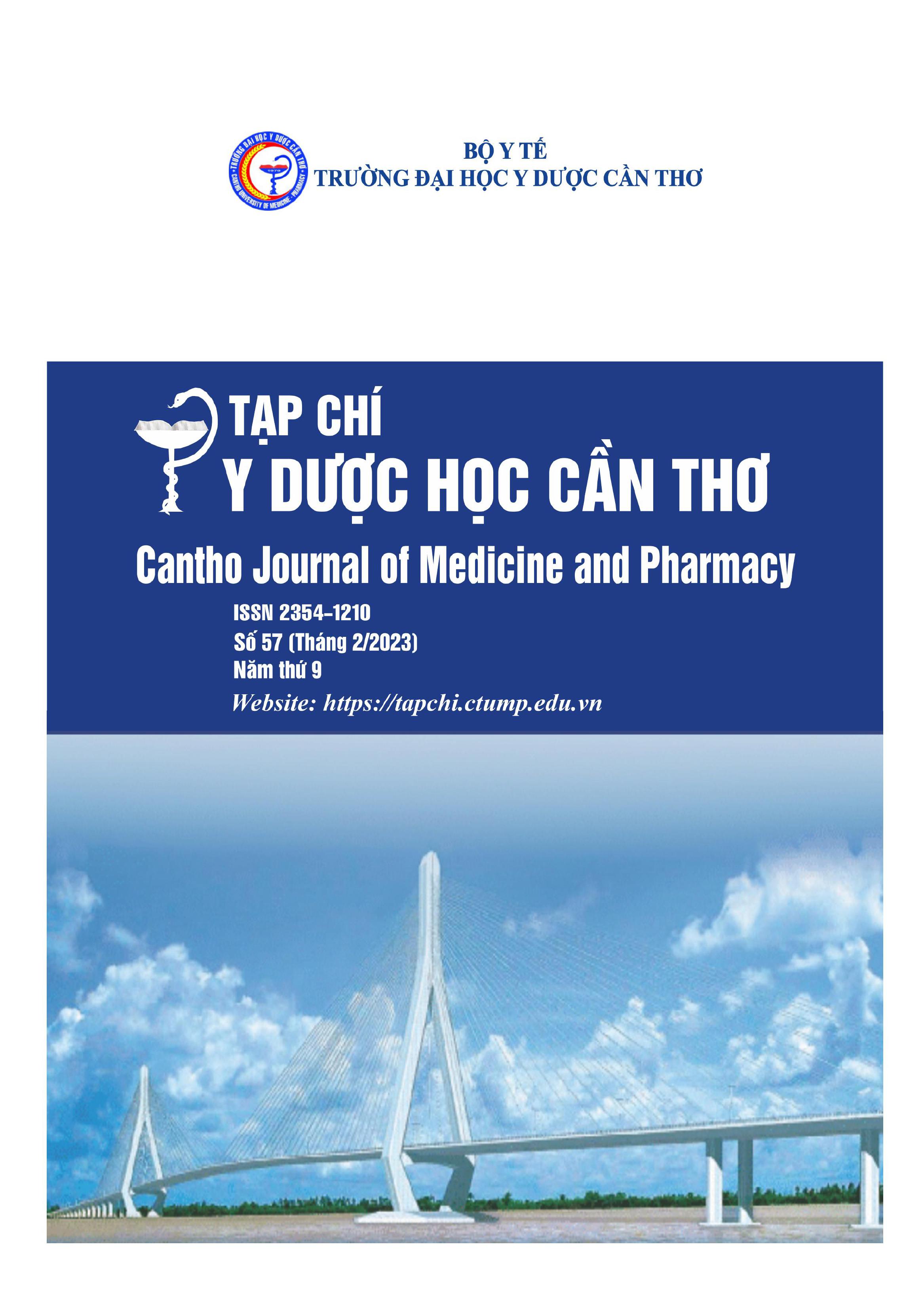STUDY ON BRAIN STEM AUDITORY EVOKED POTENTIALS ON NORMAL HUMANS BEFORE AND AFTER ACUPUNCTED TINGGONG, WANGU, YANGCHI, QIUXU AND TAIXI
Main Article Content
Abstract
Background: Brain stem Auditory Evoked Potentials (BAEP) has been used to effectively evaluate acupuncture, in addition to assessing auditory tract function and brain stem integrity. Therefore: "Study the characteristics of auditory potentials in normal people in the period before and after the acupuncture points of Tinggong, Wangu, Yangchi, Qiuxu, and Taixi" to understand the potential changes. Objectives: To find how it changes after acupuncture and is affected by the location of the acupoint. Materials and Method: A cross-sectional description, observation of 150 patients divided into 5 groups of acupuncture points, respectively, Tinggong, Wangu, Yangchi, Qiuxu, Taixi. Results: In general, after injecting the latent time and the inter-peak time decreased, the wave amplitude increased. While, the degree of elevation in Wangu point at wave V, Yangchi point increased in wave amplitude, and Taixi point had wave I change after acupuncture with p < 0.015. Conclusion: Acupuncture at acupoints, initially, the body's potential response tends to be faster, such as Taixi, Yangchi, and Wangu. Although they are anatomically distant, they have borderline changes. The intensity of the voltage wave is more suggestive than the local acupoints nearby and is consistent with the theory of traditional medicine.
Article Details
Keywords
Accupuncture, Tinggong, Brain stem Auditory Evoked Potentials, BAEP, ear diseases
References
2. Nguyễn Hữu Công (2013), “Các điện thế gợi”, Chuẩn đoán điện và ứng dụng lâm sàng, NXB Đại học quốc gia thành phố Hồ Chí Minh, tr. 99.
3. Nguyễn Hữu Công và Nguyễn Thị Thu Thảo (2002), “Các chỉ số của điện thế gợi thính giác thân não (BAEPs) trên người Việt Nam bình thường”, Hội thần kinh học Việt Nam.
4. Lương Linh Ly (2007), Nghiên cứu một số đặc điểm điện thế kích thích thính giác ở trẻ em bình thường và trẻ em nghe kém tiếp âm một bên, Luận văn tốt nghiệp bác sĩ Y khoa, Trường đại học Y Hà Nội.
5. Hà Lan Phương (2000), Nghiên cứu dẫn truyền cảm giác âm thanh bình thường ở hệ thần kinh trung ương của sinh viên y khoa tuổi từ 20 – 25, luận văn tốt nghiệp bác sĩ Y khoa, Trường đại học Y Hà Nội.
6. Nguyễn Quang Quyền (2013), “Cơ quan tiền đình ốc tai”, Bài giảng giải phẩu học, NXB Y học, tập 2, tr 430 – 453.
7. Trịnh Thị Diệu Thường (2021), Châm cứu học, tập 1, NXB Y học
8. Jiang ZD, Liu XY, Shi BP, Lin L, Bu CF, Wilkinson AR (2008), “Brainstem auditory outcomes and correlation with neurodevelopment after perinatal asphyxia”, Pediatr Neurol, 39(3), 95- 189.
9. WHO (2003), Acupunture: Review and Analysis of Report on Controlled Clinical Trials
10. Wang L et al (2002), “Effect of Acupunture on the Auditory Evoked Brain Stem Potential in Parkinson’s Diaseas”, Journal of Traditional Chinese Medicine, 22(1), pp. 15 -17
11. Zhou HJ (2007), “Effects of acupuncture at Dazhui (GV 14) on brain stem auditory evoked potentials in the patient with cervical spondylosis of vertebral artery type”, Zhongguo Zhen Jiu, 27(9), pp. 51 – 649.


